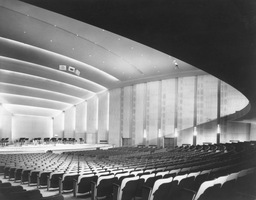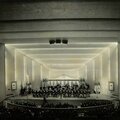As the curtain rose on Buffalo’s premier symphony orchestra, the city desperately needed a suitable concert hall. Enter Edward L. Kleinhans and Mary Seaton, stage left.
Kleinhans Music Hall and the BPO: A Story in Stereo
The full content is available in the Spring 2012 Issue, or online with the purchase of:
If you have already purchased the product above, you can Sign In to access it.
Related Content








